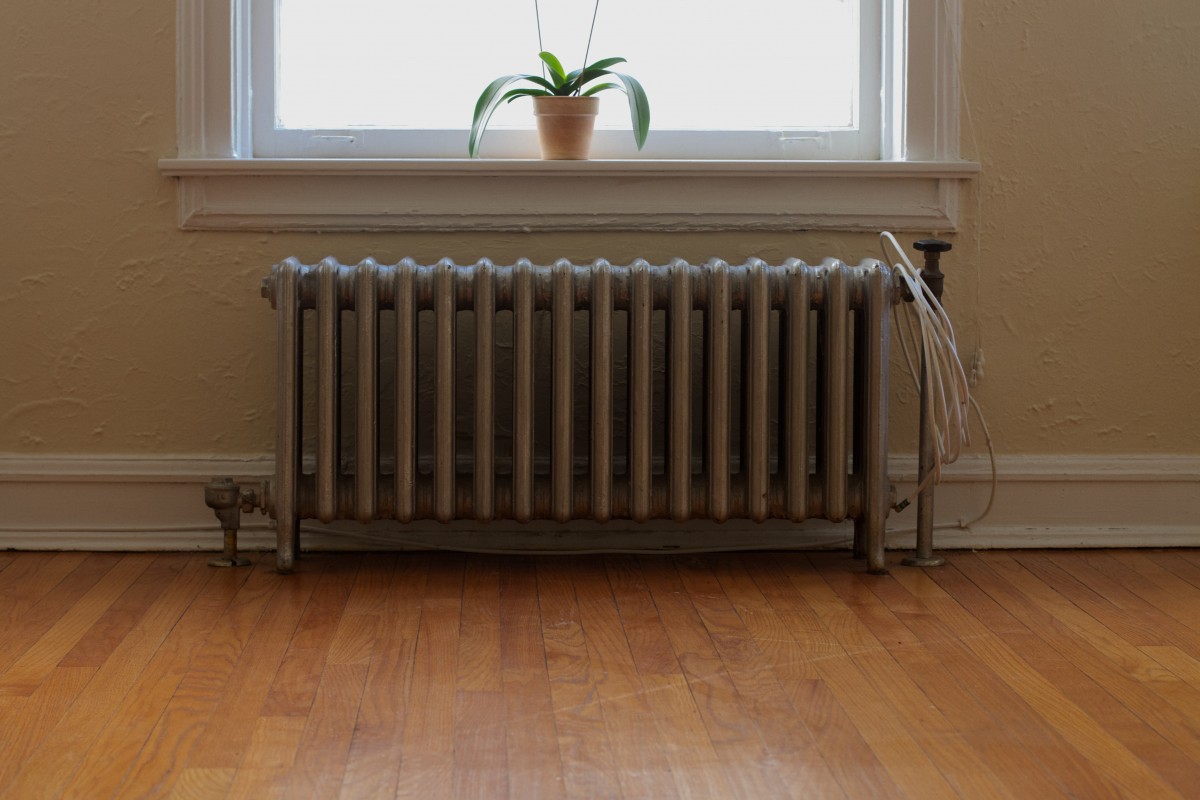Which Heat Emitter Do I Need?
Summary
Update on current technology
Underfloor heating: a heat emitter to be combined with a heater in renovation projects
Choosing radiators in combination with a heater
Heat emitter with a heater: fan heaters
Which heat emitter(s) should you combine with the heater as part of this renovation of your installation? We guide you!
Update on the current technology
Today, the electronic regulation of heaters and the presence of modulating burners (variation of the heating power) makes it possible to obtain a constant temperature of the water circulating in the radiators or a temperature on the floor which varies according to the outside temperature and the desired inside temperature.
Note: this allows for greater comfort with constantly warm radiators, rather than very hot and then completely cold.
However, to lower the temperature of the heating water circuit without increasing the size of the heat emitters, it is necessary to carry out insulation work to reduce the heating requirement, especially in the middle of winter.
With this current technology, let us now review the different heat emitters associated with a heater.
Underfloor heating: a heat emitter to be combined with a heater in renovation projects
Underfloor heating with hot water circulation is a method of heating a room or a house that uses the surface of the floor to heat.
A hot water coil is incorporated into the slab. The principle is to deliver the same number of calories by heating a large surface area at a low temperature (less than 28°C) rather than heating several small surfaces (radiators) at higher temperatures (50 to 80°C).
Underfloor heating offers multiple advantages:
While radiators heat mainly by convection, underfloor heating heats mainly by radiation. This means that there is no air or dust movement in the room, and the temperature is almost the same from floor to ceiling.
For the same level of comfort, underfloor heating allows the temperature to be lowered by 2°C compared to the same room equipped with radiators, resulting in heating savings of around 14%. This saving is due to the diffusion of heat by radiation and the excellent homogeneity of the room temperature.
The underfloor heating system, with a maximum water temperature of 35°C, allows the maximum efficiency of a condensing heater or a heat pump.
Note: It is possible to install “low temperature” wall heating or ceiling heating with almost identical technology and performance. During a renovation, this avoids raising the finished floor and raising all the woodwork and electrical outlets as required by underfloor heating.
Choosing radiators in combination with a heater

Power and size of radiators
Contrary to popular belief, steel, cast iron, and aluminum radiators are very similar in energy efficiency.
The difference is that a steel radiator heats up faster than a cast iron radiator. After the heater has been turned off, the cast iron radiator keeps giving off heat longer than a steel radiator.
The power of a radiator depends on 2 factors in particular:
the water inlet and outlet temperature;
the exchange surface.
The greater the heating need, the greater the size of the radiator.
Good to know: to optimize the performance of a heating system, it is vital to precisely quantify the heat loss of each room to install the right size radiator(s). Each manufacturer has dozens of different sizes for each radiator model.
Installation advice
When installing radiators, it is essential to
- locate them as close as possible to the sources of most significant heat loss, such as windows and walls facing the outside, to improve comfort;
- Use 2 or 3 radiators for large rooms to distribute the heat evenly and increase the convenience of the occupants. (a greater number of radiators in the same volume does not lead to greater consumption);
- avoid putting a shelf above (8% loss of power) or a trunk around (20% loss of power);
- Leave a minimum space of 3 cm between the radiator and the wall and 10 to 15 cm between the floor and the lower edge of the radiator.
Do not place any obstacles in front of the radiator; otherwise, you will deprive yourself of the heat emitted by radiation, which contributes to the comfort and warmth felt by the body.
Heat emitter with its heater: the fan-radiators
Low temperature” system
It is wise to use a “low temperature” in a renovation. This system provides much better comfort and efficiency than the “high temperature” system, which is very common in old installations, with a water temperature above 70°C.
Please note: in existing buildings, in the absence of significant insulation work, the power of the radiators must be high, and if you wish to lower the temperature of the hot water circuit, you must increase their size considerably.
There is an option to avoid large radiators: the fan heater.
Fan heater
With a fan-radiator, which looks like a conventional flat radiator, it is possible to achieve performances close to those of an underfloor heating system.
This radiator is equipped with small, low-consumption fans, which allows it to operate in static mode (like a flat radiator) or with imperceptible air circulation, thus delivering all the power to be emitted according to winter needs.

